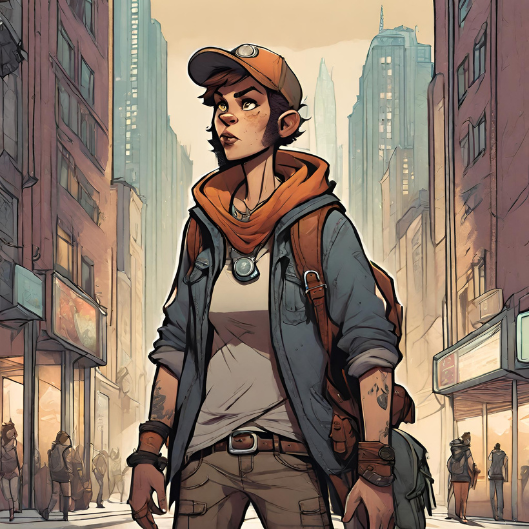A Comprehensive Guide to Unleashing Creativity
Embarking on the journey of indie game development is both exhilarating and challenging. In this comprehensive guide, we delve deep into the intricacies of indie game development, providing valuable insights, practical tips, and effective strategies to help you navigate this dynamic and ever-evolving landscape with confidence and creativity.
1. Understanding the Essence of Indie Game Development
Indie game development is a unique realm where creativity, innovation, and passion converge to create unforgettable gaming experiences. Unlike mainstream titles developed by large studios, indie games are often crafted by small, independent teams or individual developers who pour their hearts and souls into their projects.
2. Exploring the Foundations of Indie Game Development
At its core, indie game development is a multifaceted endeavor that requires a blend of technical expertise, artistic vision, and entrepreneurial spirit. From conceptualization and design to programming and marketing, indie developers wear many hats as they strive to bring their ideas to life and connect with players on a profound level.
3. The Rise of Indie Game Development: A Paradigm Shift
In recent years, indie games have experienced a meteoric rise in popularity, challenging the dominance of AAA titles and reshaping the gaming industry as we know it. This paradigm shift can be attributed to a variety of factors, including the accessibility of development tools, the rise of digital distribution platforms, and the growing demand for unique and innovative gaming experiences.
4. Navigating the Terrain: Essential Tools and Technologies
One of the key advantages of indie game development is the wide array of tools and technologies available to developers. From powerful game engines like Unity and Unreal Engine to versatile design software such as Adobe Creative Suite, indie developers have access to a wealth of resources to help them bring their creative visions to life.
5. Crafting Compelling Gameplay Experiences
At the heart of every successful indie game lies compelling gameplay that captivates and engages players from start to finish. Whether it’s through innovative mechanics, immersive storytelling, or stunning visuals, indie developers strive to create experiences that resonate with audiences and leave a lasting impression.
6. Mastering the Art of Storytelling
Storytelling is a powerful tool that indie developers can use to elevate their games and connect with players on a deeper level. Whether it’s through richly detailed narratives, complex characters, or branching storylines, storytelling allows developers to create immersive worlds that players can’t help but become invested in.
7. Embracing the Iterative Process: From Prototype to Polished Product
One of the hallmarks of indie game development is the iterative process of creation and refinement. From initial prototypes to final release builds, indie developers continuously iterate on their ideas, incorporating player feedback, polishing gameplay mechanics, and fine-tuning every aspect of their games to ensure they meet the highest standards of quality and excellence.
8. Fostering Community and Engagement
Building a vibrant and engaged community around your game is essential for success in the competitive world of indie game development. By actively engaging with players through social media, forums, and other channels, developers can foster a sense of community, generate buzz, and cultivate a dedicated fanbase that will support their projects for years to come.
9. Monetization Strategies for Indie Developers
Monetization is a crucial consideration for indie developers looking to sustainably fund their projects and generate revenue. From traditional models such as paid downloads and in-game purchases to newer approaches like subscription services and crowdfunding campaigns, indie developers have a variety of options to choose from when monetizing their games.
10. Navigating the Challenges
While indie game development offers unparalleled creative freedom, it also comes with its fair share of challenges and obstacles. From limited budgets and resources to fierce competition and marketplace saturation, indie developers must navigate a complex landscape filled with uncertainty and adversity..
Conclusion: Empowering the Indie Game Developer
In conclusion, indie game development is a thrilling and rewarding journey that empowers developers to unleash their creativity, challenge conventions, and leave a lasting impact on the gaming industry. By embracing the spirit of innovation, leveraging available resources, and fostering community support, indie developers can turn their dreams into reality and create experiences that will captivate players around the world for generations to come.
Check this out:
Game developing with ready-to-use assets The role of 3D Artist Insights into indie game development The Harmony of Gaming – Music and Sound Effect The World of Sound Designer Lab MDK StoreSummary
In summary, indie game development is a dynamic and ever-evolving field that offers boundless opportunities for creative expression and artistic innovation. As you embark on your own journey into this world, remember to stay true to your vision, persevere in the face of challenges, and above all, never lose sight of the passion and enthusiasm that inspired you to create games in the first place. With dedication, determination, and a willingness to learn and grow, you can achieve success as an indie developer and make your mark on the gaming industry.

